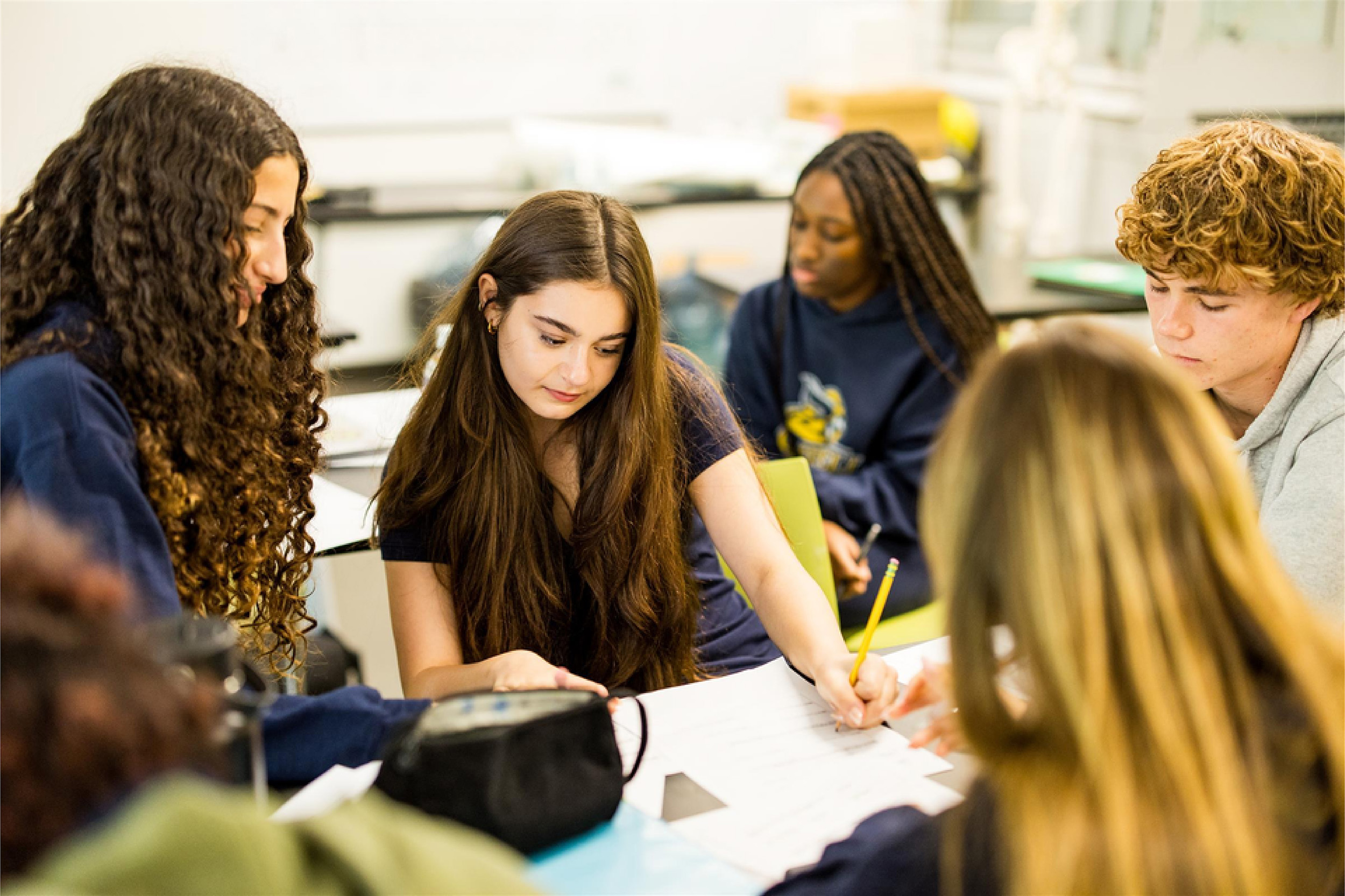Policy Recommendations
The California State Government could allocate more funding to food waste initiatives implemented by state and non-state actors, and partner with cities to find anti-food waste approaches tailored to each jurisdiction. By creating state-funded prize competitions for anti-food waste technology, providing subsidies for green technologies, and implementing green taxes on a variety of unsustainable business practices, California could incentivize sustainable corporate behavior and green research and development. This carrot and stick practice could excite companies, start-ups, and local communities to become involved in efforts to develop anti-food waste and other green technologies to mitigate food-related emissions. For example, in 1999, MIT invented the Food Cam. With the push of a button, this camera provides the location and amount of free food to an intended audience[1]. Today, MIT’s Media Lab uses the camera in all its buildings and has reduced food waste to zero[2].
Similarly, Copia, a California-based company, is fighting food waste and hunger with the use of a mobile application. Companies insert information on their leftover food and location into the Copia application and Copia sends a driver to pick up the food and deliver it to nearby shelters[3]. As of 2022, Copia has recovered more than 4 million pounds of food, delivered more than 3.5 million meals, and diverted more than 18 million pounds of carbon dioxide (equivalent)[4]. According to Copia, “For every $1 a company invests in food waste reduction, they can expect a $14 return on investment”[5].
Disseminating information on the financial benefits associated with food waste reduction can mobilize companies to enact anti-food waste policies. Already, big retailers and food giants such as Walmart, Kroger, Nestlé, and PepsiCo have promised to cut their food waste by 50% by 2030[6]. With government funding, initiatives like Food Cam or Copia’s mobile application could become pilot programs throughout California and help to shape the discourse and mentality surrounding food waste. This could increase the speed at which anti-food waste pledges from big companies become a reality. The state could also offer a simultaneous public education campaign where California incentivizes a diet focused on eating less meat, as shifting away from meat “could lead to an 80% reduction in greenhouse gas emissions from the agriculture sector”[7] alone.
California has been working aggressively to combat climate change by enacting some of the most progressive climate change policies in the United States and by collaborating with other governments to help them do the same. However, for California to meet its climate goals, it must actively work to dismantle the systemic environmental inefficiencies which arise from food production and food waste within its borders.
[1] Vox (2017) https://www.youtube.com/watch?v=6RlxySFrkIM&list=WL&index=2&t=101s&ab_channel=Vox
[2] Ibid
[3] Ibid
[4] Copia About (nd) https://gocopia.com/about/
[5] Copia (nd) https://gocopia.com/
[6] Devenyns (2020) https://www.fooddive.com/news/nearly-200-companies-pledge-to-halve-food-waste-by-2030/585873/
[7] Hobert & Negra (2020) https://unfoundation.org/blog/post/climate-change-and-the-future-of-food/






